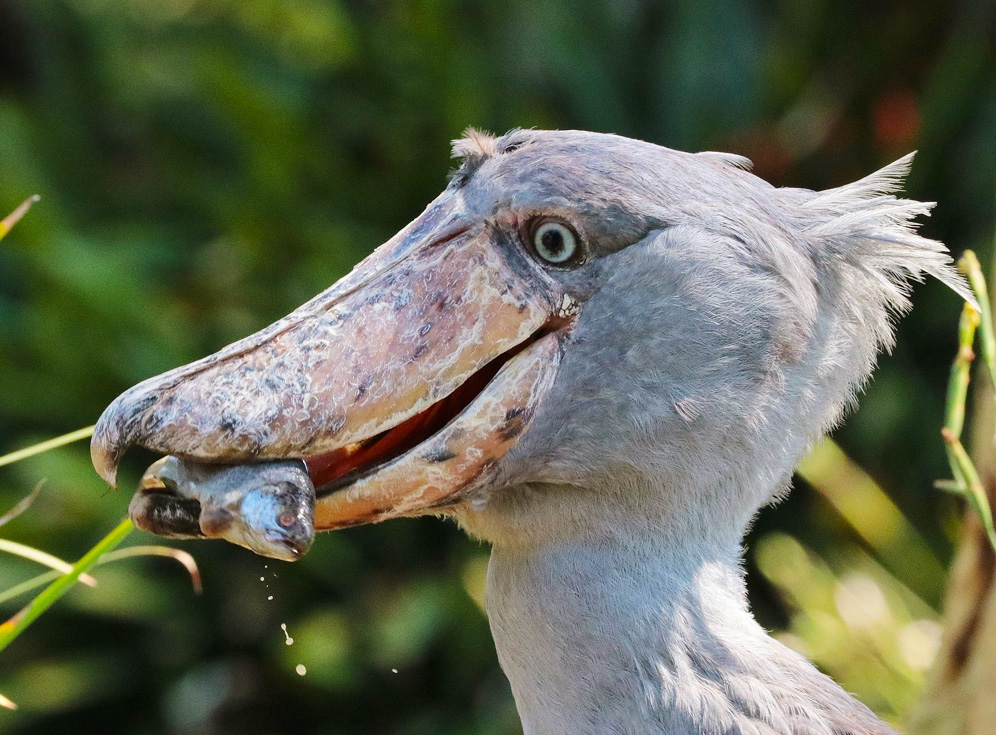Bird-watching experiences in Uganda
Uganda is one of the best bird watching experiences. And it is a joy to watch several bird species found in Uganda. Rwanda and neighboring countries enjoy several species of birds. We shall offer you an exciting safari experience with our experienced safari guide, who will always give you the best birding experience for our best safari experience.
Uganda is unmatchable for birdwatching, and each day, you will be able to see different species of birds. Which is extremely wonderful. It has been reported that Uganda has more than 500 species of birds. So you will need to have enough gadgets to be able to identify and take some good species of wildlife.
For the very many birders that have traversed the country, they will tell you that they have seen limited or no other situation. That you can compare with Uganda in terms of several species of birds, and this is extremely wonderful and interesting. What makes Uganda one of the leading bird-watching destinations is its ability to have a wide range of habitats that can accommodate different species of birds.
The various bird habitats in Uganda include the semi-arid areas, the grassland areas, the forested areas, the marshes and papyrus swamps. And the wonderful and perfect blue skies. It is because of these species that Uganda has become a meeting point for various species of birds. Including the migratory species of birds.
Many species, such as the peregrine falcon and lesser-spotted eagles spotted. You will be able to enjoy the best and most wonderful bird species found in Uganda because of the country’s favourable habitats
When you explore the Pyaprus habitats in Uganda, there are birders that have mastered staying here. Some of these birds, among others, include The mysterious, giant, grey shoebill. Which resembles a stork and is one of the world’s most sought-after bird species. Bird-watching experiences in Uganda, Most commonly found in the Mabamba swamps and Namugabo wetland close to the capital. Other prime locations for the Shoebill include the Victoria Nile, Lake Albert, Lake Bisina, Opeta, Awoja wetland, and some mashes in eastern central Uganda. While there is only one endemic bird species in Uganda, the dark-backed Fox’s Weaver, it is interesting to note that it is only found in eastern Uganda near Lakes Opeta and Bisina, as well as the Awoja swamp.
Semuliki National Park, which contains the only Guinea Congo Biome endemics in Central East Africa. Rwenzori Mountains National Park, a portion of Queen Elizabeth; the second-largest national park in Uganda with a corridor to Kibale Forest; Bwindi Impenetrable Forest, bordered by extremely productive birding forests like the Echuya Forest Reserve; and ultimately Mgahinga gorilla National Park make up this adrenaline-inducing birding area. The stunning African Green Broadbill. Which has a pale blue throat and is always sought after by birders of all stripes who visit Uganda, and the typical leaf Red-faced Woodland Warbler, which has an unmistakable brick-faced wash to the supercilium, are just a few of the bird species endemic to this area.
the creepy Strange Weaver, the largest Shelley’s Crimsonwing. Recently saw with Dutch birder Henk around the neck of the Mgahinga gorge. The dark grey and reddish-plumed Dusky Crimsonwing, easily seen crossing back and forth around the Mgahinga gorge. And a shy hard find, the Grauer’s Swamp Warbler. Which inhabits swamps that range between 1950 and 2600 meters above sea.
You will enjoy the magnificent painted Rwenzori Turaco. Easily spotted on the Rwenzori mountains and Mgahinga as well; the Rwenzori Double-collared Sunbird. And the singular Purple-breasted Sunbird, which shines an amazing variation of violet, gold, purple, copper, and green colorations. The handsome Francolin pairs and small flocks, easily spotted on the drive between the Ndego and Ruhija gates of The Stripe-breasted Tit. With its faint and muffled tit-like sounds, and the Collared Apalis, among others. Paired with visiting magnificent places, such as Kidepo Valley, where it is easier to view chat than in Bwindi. Where it is more commonly heard than seen, which is extremely interesting.
From June through September, it’s easy to see some of Uganda’s most sought-after birds, with July and August being the best. Among these is the incredibly localized Grauer’s Broadbill. Which typically breeds from late May to this time of year. In 2022, however, our birding site guide, Amos, recorded a nest that was already there in January. Which may buck the norm. Furthermore, we search for the African Green Broadbill in Mubwindi Swamp in Bwindi Impenetrable National Park. Easily seen when nesting. If not, with the aid of our knowledge and experience. We can find the African Green Broadbill occasionally in mixed flocks as they forage for insects.
When you factor in the cost of travel, time, and other expenses. Bird-watching experiences in Uganda, Choosing Uganda as your birding destination is a significant decision. That should have a significant impact on the experience you will have. In order for this Uganda birding trip to be memorable for all the right reason. And given that our birding safaris in Uganda conducted in remote rural areas. Thus typically enjoyed in forests on foot, in canoes, or in small boat. It is important to prepare mentally, physically, and financially. As a result, this article provides you with a comprehensive list of essentials for a wonderful and unforgettable birding trip in Uganda.

